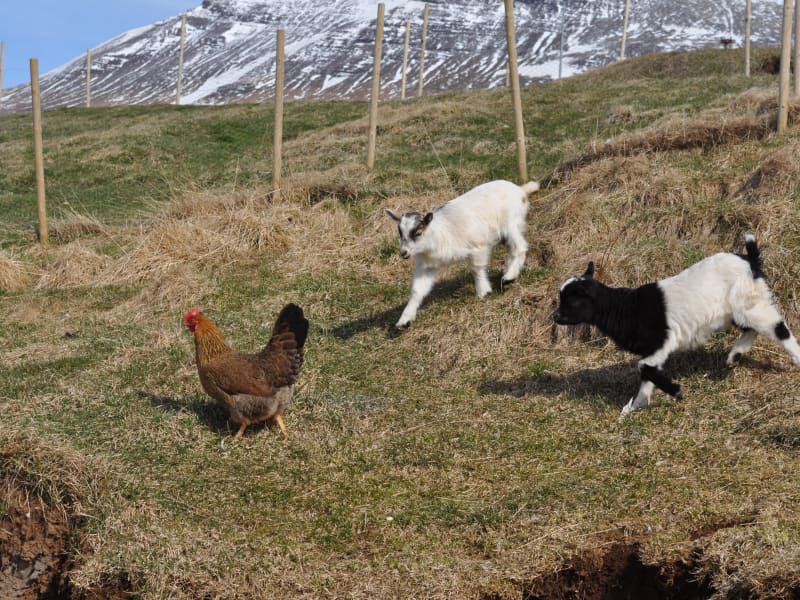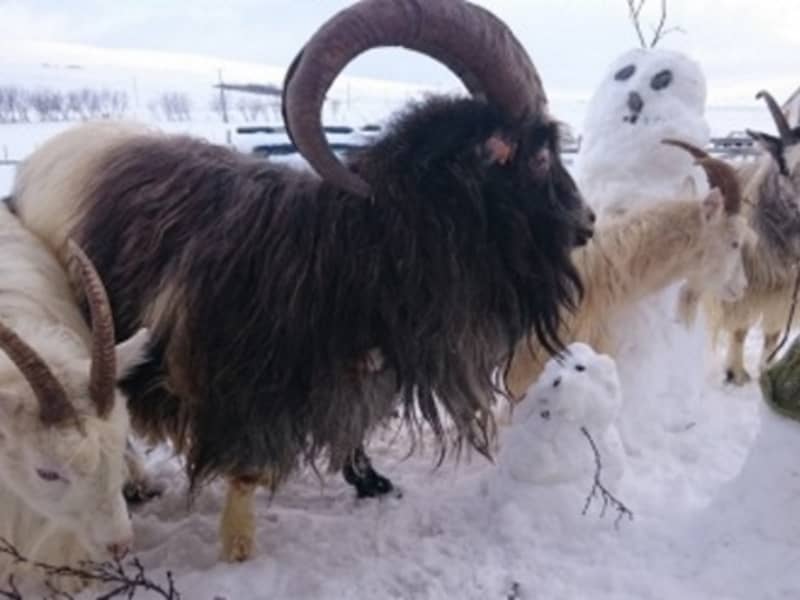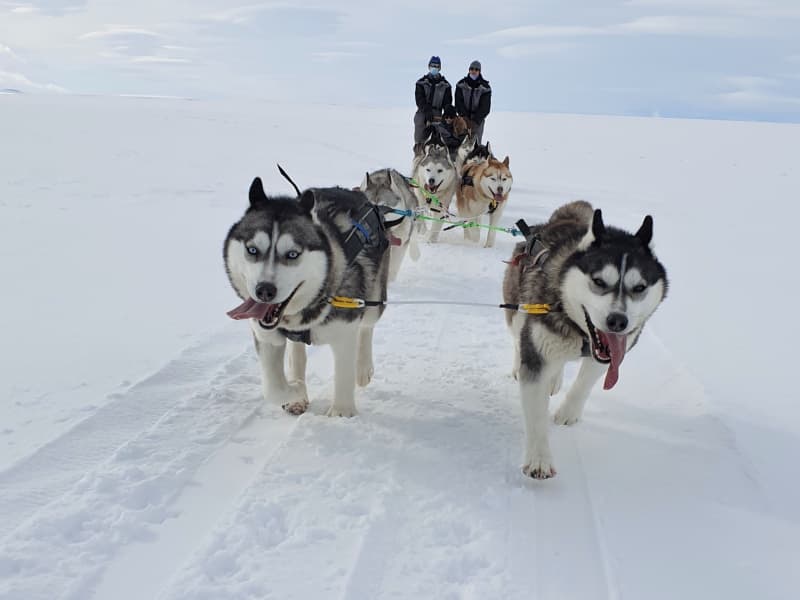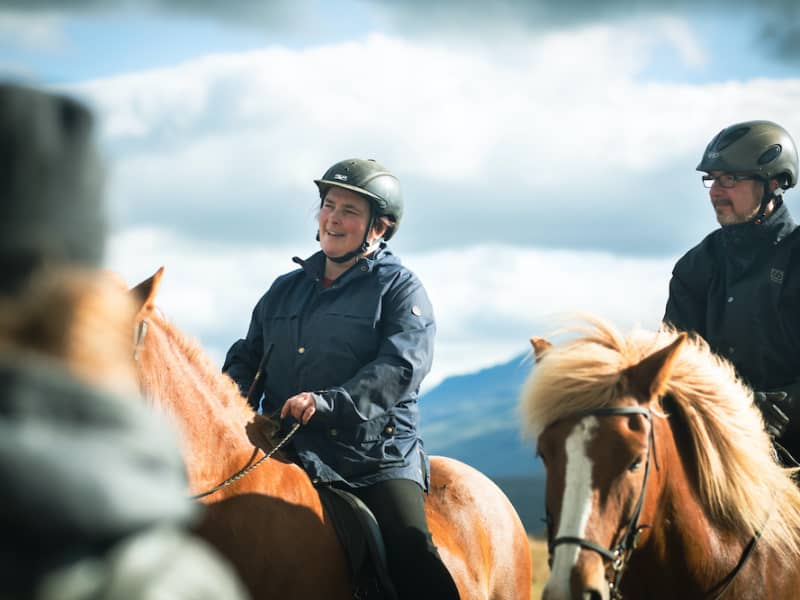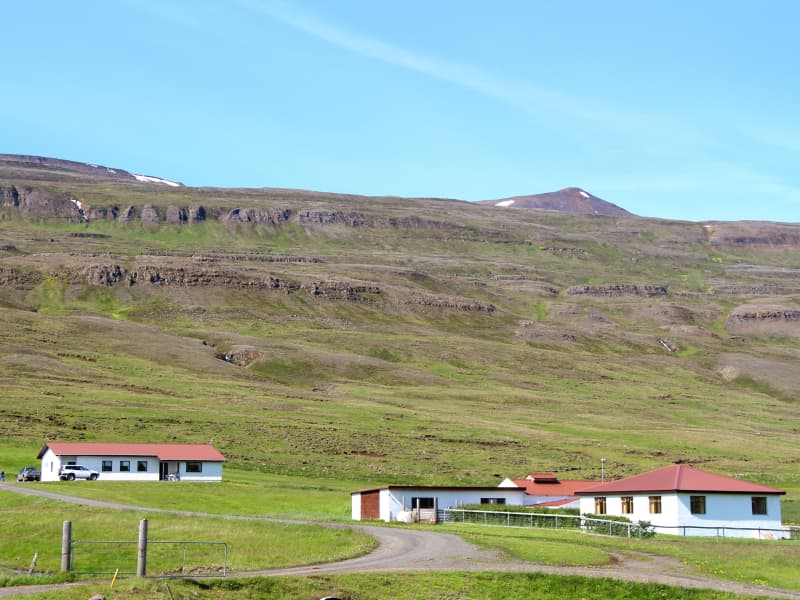- Did you know that there are 272,000 dairy cows in Iceland?
- Did you know that the average cow weighs around 470 kg (1036 lbs)?
- Did you know that the cow has four stomachs and four teats?
The origin of the Icelandic cattle breed is traced back to the settlement around the year 874. The strongest relations is with the Norwegian breed Blacksided Troender- and Nordland Cattle (Sidet trønder- og nordlandsfe). The Icelandic dairy cow has a small build and only weighs around 470 kg. The Icelandic cattle breed has six recognised basic colours – red, black, brindled, smutty, grey and sea grey – and all the colours have different variations. The white colour can also appear in a myriad of coat patterns, for example in the pied colour variations.
The red basic colour is the most common; approximately 42.8% of the Icelandic cattle stock is red.
The cow is a large and clumsy animal with small feet and a large belly. Most cows are pollen, that is, they don’t have horns, and the cows that do have corns are called hyrndar, or “horned”.
The milk is created in the udder and is extracted through the teats. Tiny cells collect water and nutrition from the blood and changes it to milk which is stored in special glands until the cow is milked. The udder has four mammary glands, one for each teat. Icelandic milk has a special protein construction and is therefore healthy and of high quality. It makes the milk particularly suitable for making cheeses and it has been theorised that children who consume it are less likely to develop diabetes.
The cow is a ruminant had four stomach compartments called rumen, abomasum, omasum and reticulum. The cow ruminates by coughing up bits of little chewed food, chews it and swallows again and then the bacteria in the rumen take over and break down the food.



